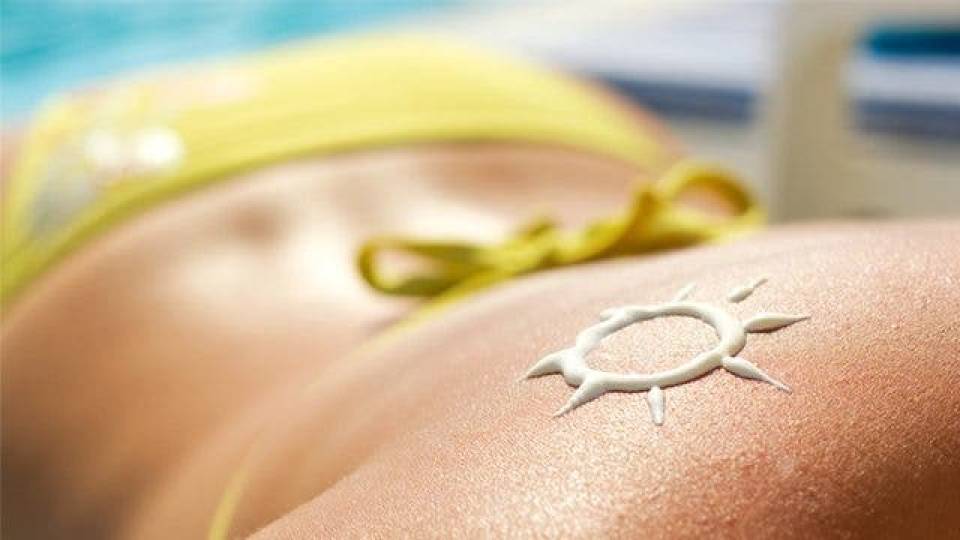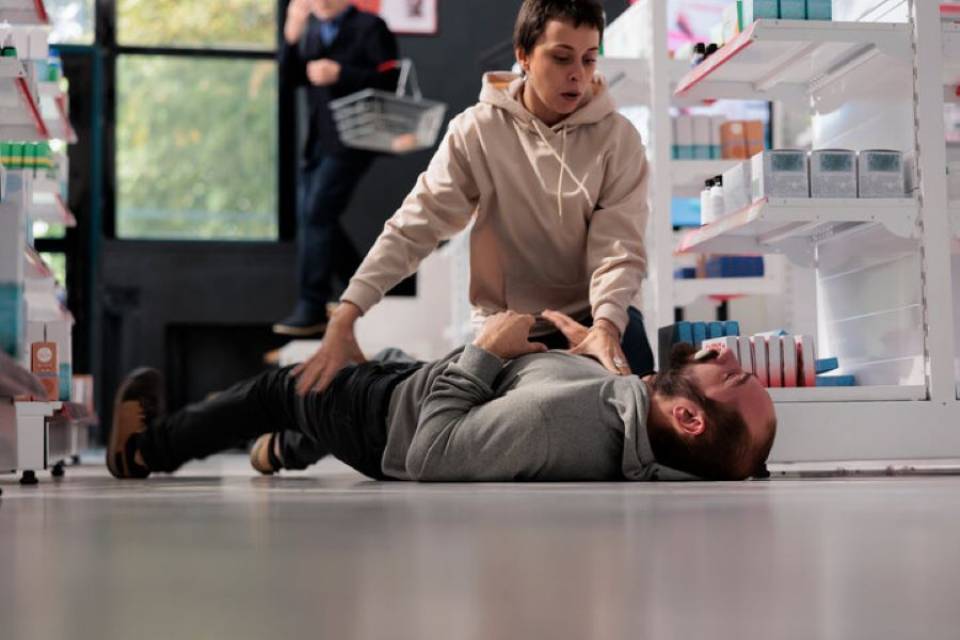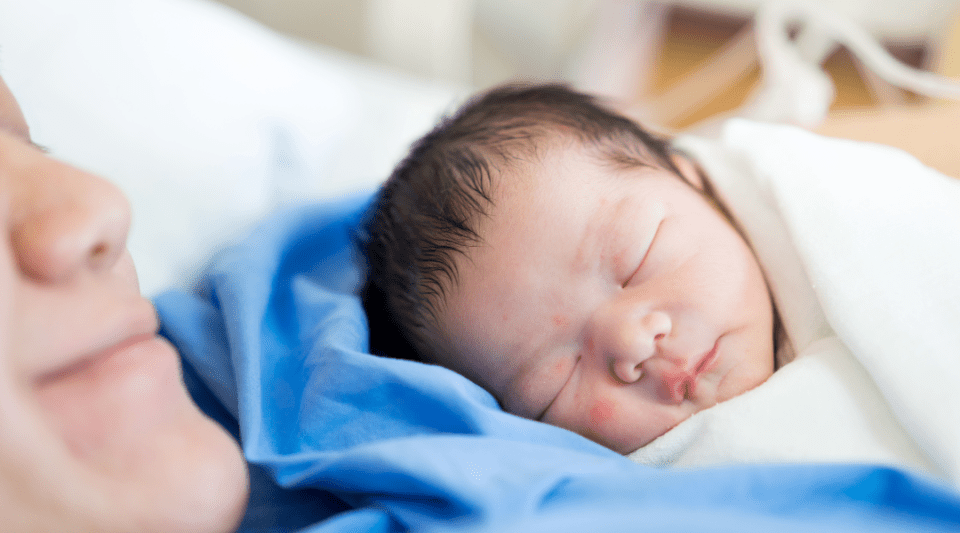According to the AECC observatory, the incidence rate in Spain in 2020 was 47 cases per 100,000 inhabitants. Skin cancer occurs when there is an uncontrolled growth in cells in the epidermis due to external elements such as natural ultraviolet (UV) radiation (the sun) or artificial sources of UV radiation. However, there are factors that can predispose people to this type of cancer, such as exposure to toxic substances or having a condition that weakens the immune system.
There are different types of skin cancer: the most frequent, basal cell carcinoma, which is caused by the growth of the cells in the deepest layer of the epidermis, appears in areas exposed to the sun and only rarely metastasizes. Squamous cell carcinoma occurs when there is an abnormal growth of cells on the top layer of the skin. These cells can appear in any part of the body, but especially in areas exposed to the sun. The tumour can metastasize, especially to the lymph nodes. Melanoma is the least frequent type, but it is more aggressive and metastasizes more easily.
Listed below are five tips on how to prevent skin cancer and how to learn to detect it:
Prevent exposure to (UV) light from the sun's rays or artificial sources. Bear in mind that there are surfaces such as water, sand and snow, which increase the intensity of ultraviolet rays. Moreover, UV radiation levels increase by 4% for every 300-metre rise in altitude and, despite what one might think, cloudy days are not safe because UV rays pass through clouds.
The body is affected by overexposure to the sun: the immune system is affected, the elasticity and texture of the skin on the face is altered, the eyes are damaged and there is an increased chance of developing cataracts, which are the biggest cause of blindness in the world. For these reasons, it is important to protect yourself all year round using sunscreen with a sun protection factor of 50 (recommended) or at least 30. Apply the sunscreen 30 minutes before exposure to the sun and reapply every 4 hours. Avoid the peak UV radiation hours, in the middle of the day (from 10 am to 4 pm) when 60% of the day’s UV radiation is received. Stay in the shade, where exposure to UV rays is halved. Wear trousers and long-sleeved shirts and, to protect your eyes, wear sunglasses that provide UV protection in order to avoid burns and lesions. Take care of your body from the inside out and incorporate foods rich in vitamin E, such as oils and nuts, into your diet.
Early detection is essential to increase the cure rate and it is therefore recommendable to perform self-exams and apply the ABCDE rule, which allows us to distinguish a mole from a cancerous lesion:
Asymmetry: when the two halves of a mole don’t match.
Border: when the borders a mole are uneven, or have scalloped or notched edges.
Colour: when the colour of the mole is not uniform, but instead has different tones. The most dangerous ones have shades of red, white and blue in black lesions.
Diameter: when the diameter of the mole is 6 mm or it is growing.
Evolving: the mole is changing size or colour.
In addition to applying the ABCDE rule, there are other warning signs that indicate there may be a lesion. When we see a sore than does not heal, when there is an inflammation beyond the border of the mole, which is itchy or painful, and when there are changes to the surface of the mole such as crusting or bleeding.
Sometimes, it is hard to distinguish a mole from a melanoma. If any abnormality is detected, it is important to see a dermatologist in order for them to diagnose or rule out the pathology. A small proportion of melanomas start in places other than the skin, such as under fingernails, in the mouth or in the iris. Thus, it is important to pay particular attention to these areas.




